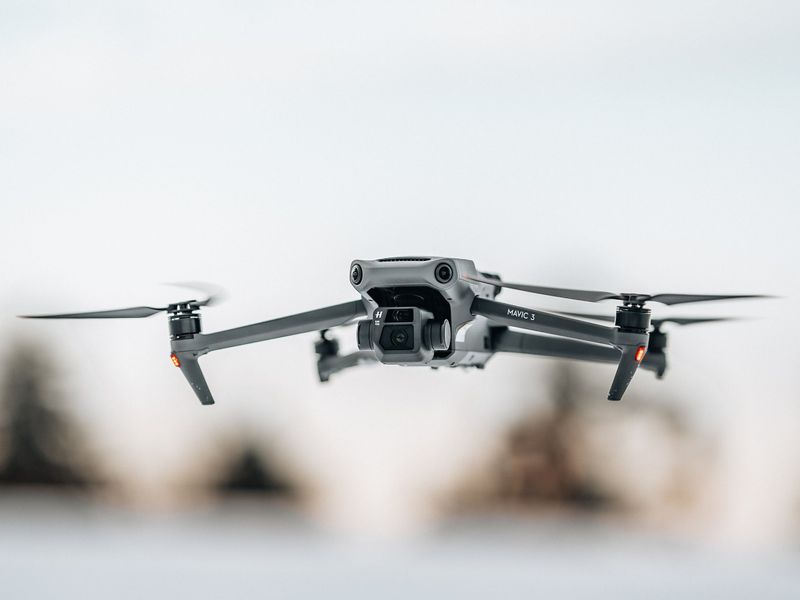Industrial Control System (ICS) Malware: A Growing Threat
Industrial Control Systems (ICS) play a crucial role in managing and controlling physical processes in industries such as energy production, water desalination, and manufacturing. These systems are typically complex and diverse, making it challenging for malware authors to develop ICS-specific malware. However, despite these challenges, there have been instances of ICS-targeted malware, indicating a growing threat to critical infrastructures.
The Complexity of Targeting ICS
Unlike traditional IT systems, compromising ICS requires a deep understanding of the target environment. ICS facilities vary significantly in terms of their architectures, protocols, and hardware components. Attackers need to tailor their attacks to specific targets, necessitating extensive intelligence gathering on the target site. Additionally, the attackers must possess domain expertise in areas such as metallurgy, energy production, or water desalination to understand the underlying physical processes they intend to tamper with.
Furthermore, ICS environments are equipped with numerous safety systems designed to prevent operators from making mistakes that could lead to dangerous situations. These safety systems also play a crucial role in containing cyberattacks by implementing controls over potentially hazardous physical abnormalities.
A History of ICS-Specific Malware
Despite the challenges, there have been several instances of ICS-specific malware in recent years. Understanding the history of these malware families can provide insights into the evolving threat landscape.
Stuxnet (2010)
Stuxnet was the first-known ICS malware, discovered in 2010. It targeted the centrifuges in Iranian nuclear facilities, attempting to alter their rotation speed and cause physical damage. Stuxnet introduced malicious techniques that are still used by adversaries today, such as process hollowing and persistence using WMI consumers.
Havex (2013)
Havex, also known as Dragonfly, emerged in 2013 as part of an industrial espionage campaign. The threat actors behind Havex used various techniques, including phishing emails and compromising the websites of ICS equipment vendors, to infect their targets. Once infected, the malware allowed the attackers to remotely access the compromised networks and harvest sensitive data.
BlackEnergy2/3 (2014–2015)
In 2014, the BlackEnergy2 malware was discovered, which targeted the software controlling critical infrastructures, including nuclear power plants, electric grids, and water purification systems. A non-ICS specific variant, BlackEnergy3, was later involved in a 2015 campaign against the networks of Ukrainian energy companies. Both variants required manual intervention from attackers to traverse the network and cause damage.
Industroyer Crashoverride (2016)
Unlike previous malware, Industroyer Crashoverride was designed to cause automatic physical damage to electric grid operations. It communicated with target equipment using ICS-specific protocols and interacted directly with grid equipment, bypassing the need for “hands-on” control during the attack.
Trisis/Triton (2017)
Trisis, also known as Triton, specifically targeted safety-instrumented systems (SIS) in ICS environments. These systems automatically activate fail-safe measures when the underlying process exhibits dangerous behavior. By targeting safety equipment, Trisis aimed to disrupt these fail-safe mechanisms, posing a significant risk to human safety and equipment integrity.
Industroyer2 (2022)
Following the success of the 2016 Industroyer malware in halting electric grid operations in Ukraine, a successor, Industroyer2, was discovered in 2022. Industroyer2 is a stripped-down version of its predecessor, primarily designed to manipulate grid circuit breakers and potentially disrupt electric grid operations.
Pipedream (2022)
The most recent addition to the list of ICS-specific malware is Pipedream. It stands out as one of the most sophisticated ICS malware discovered to date. Pipedream is capable of natively interacting with a wide range of ICS devices from various vendors. This malware presents a clear and present threat to the availability, control, and safety of industrial control systems and processes, endangering operations and lives.
Evaluating Opportunity, Capability, and Intent
In the cybersecurity domain, threats are often analyzed based on opportunity, capability, and intent. To launch successful attacks, threat actors must possess all three of these factors. When considering the history of ICS-specific malware, it becomes evident that threat groups are becoming bolder, aiming to cause physical damage and strike safety systems. This indicates a growing intent to cause harm.
Furthermore, technical analysis of these malware families reveals a trend of increasing sophistication. Attackers are continuously enhancing their capabilities and leveraging advanced techniques to exploit vulnerabilities in ICS environments.
The Role of Cyber Defenders
Given the rising threat of ICS-specific malware, it is crucial for cyber defenders to learn from past attacks and fortify their networks against potential intrusions. Defending against these threats requires a multi-pronged approach:
1. Comprehensive Risk Assessments
Organizations must conduct thorough risk assessments of their ICS environments to identify vulnerabilities and potential attack vectors. These assessments should consider not only technical aspects but also the human element and the physical processes the ICS is connected to.
2. Strong Network Segmentation
Network segmentation is a critical defense strategy, particularly in ICS environments. Isolating critical systems from the broader network reduces the attack surface and limits the lateral movement of attackers within the network.
3. Robust Access Controls
Strict access controls and strong authentication mechanisms should be implemented to prevent unauthorized access to critical ICS systems. This includes regularly reviewing and updating user permissions and implementing multi-factor authentication.
4. Regular Patching and Updates
Keeping ICS systems up to date with the latest security patches and firmware updates is essential to address known vulnerabilities. Regular patch management practices should be followed to minimize the risk of exploitation.
5. Ongoing Monitoring and Incident Response
Implementing continuous monitoring and robust incident response capabilities allows organizations to detect and respond to potential threats in real-time. Network traffic monitoring, anomaly detection, and threat intelligence feeds are crucial components of an effective security strategy.
Conclusion
The emergence of ICS-specific malware represents a growing threat to critical infrastructures and industrial processes. While developing such malware poses unique challenges for attackers, its evolution over the years demonstrates an increasing intent to cause physical damage and disrupt safety systems. It is imperative for cyber defenders to stay vigilant, learn from past attacks, and implement comprehensive security measures to protect ICS environments from potential intrusions.
By investing in cybersecurity strategies tailored to the unique complexities of ICS environments, organizations can mitigate the risks posed by ICS-specific malware and maintain the safety and integrity of critical infrastructures.

<< photo by Markus Spiske >>
The image is for illustrative purposes only and does not depict the actual situation.
You might want to read !
- The Rising Threat: OpenFire Cloud Servers Under Siege in Cyberattacks
- Energy Department Hosts Cybersecurity Competition for Small Electric Utilities, Offering $9M in Funding
- SapphireStealer Malware: Unveiling the Dangerous Intersection Between Espionage and Ransomware
- Electric Utilities: Battling Cyber Threats with $9M Energy Department Challenge
- Apple’s iPhone 14 Pro to Step Up Security with Inclusion in 2024 Research Device Program
- Exploring the Power of Exploits: DreamBus Bot Makes a Comeback Riding RocketMQ Bug
- SapphireStealer Malware: Unveiling the Dangerous Convergence of Espionage and Ransomware
- DreamBus Bot Resurgence: How Adversaries Exploit RocketMQ Bug for Strategic Gains
- Cyberattacks Unveiled: A Data-Driven Dive into the Unforgiving Reality
- Windows Security at Risk: Unveiling a Sneaky Privilege Escalation Method
- The Rising Concerns: AI Risk Database Takes on the Challenges of AI Supply Chain Risks
- The Dark Side of Telegram: How Illicit Networks Shake up Top Industries




